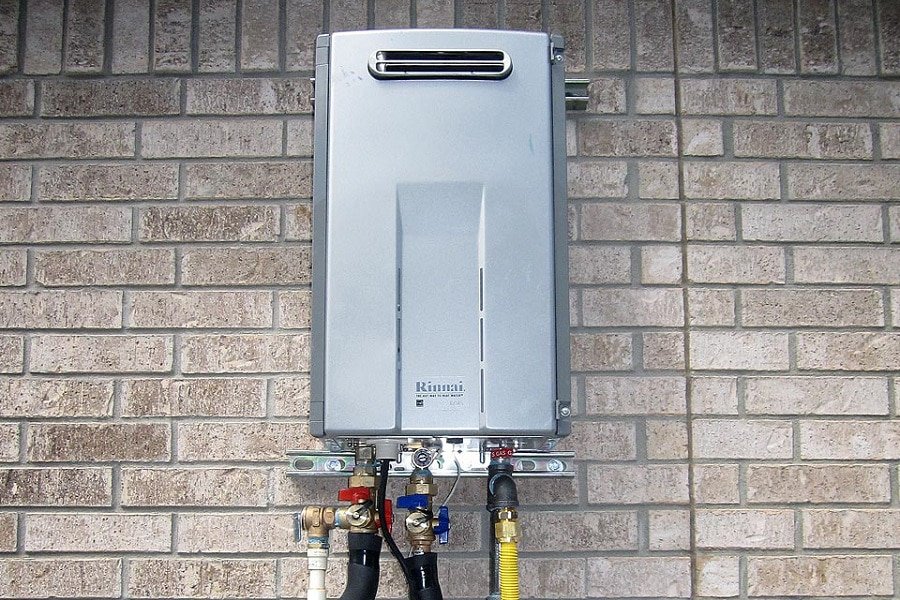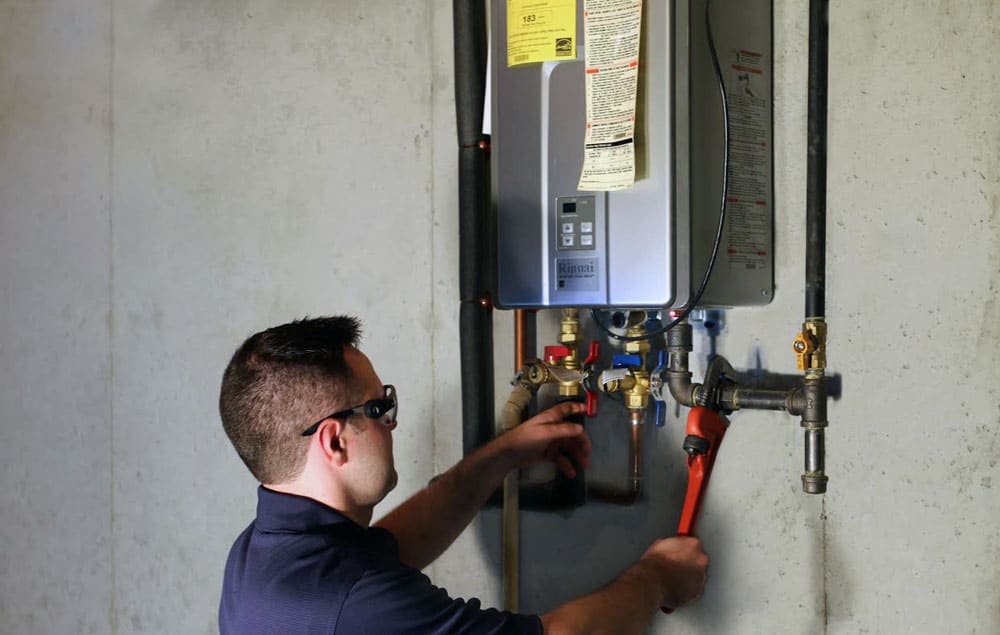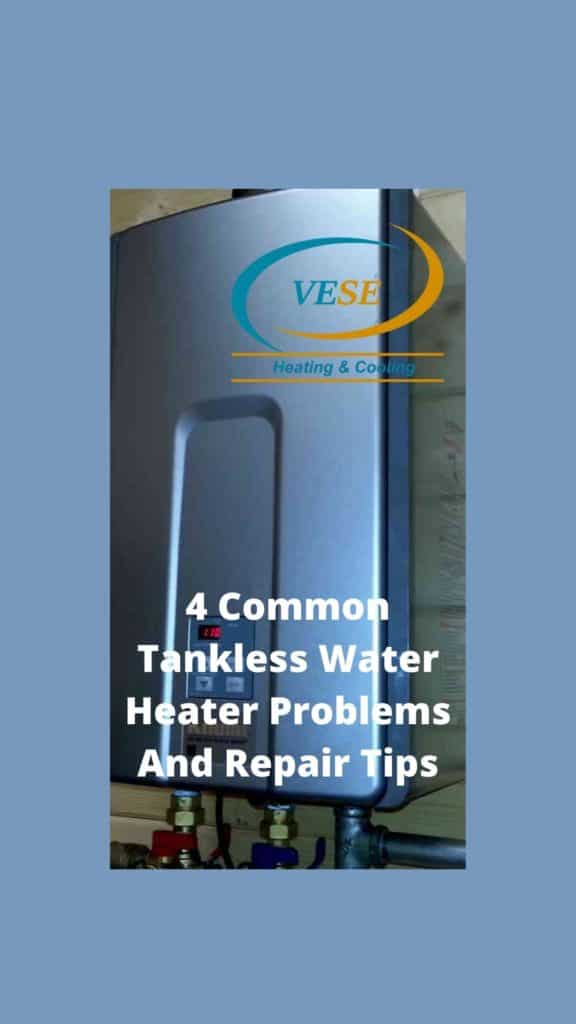In case, if you are the owner of a tankless water heater from Rinnai, Noritz, NTI, Bosch, Rheem, or similar, this troubleshooting guide is for you. The guide deals with the most common problems and explains some of the error codes.
Tankless water heaters are durable and long-lasting units that do not require much maintenance. They are not cheap to install, but it is efficient, environment-friendly, advanced technology, and could display an error code, but they can also fail and cost you a lot to fix.
One of the most frequent complaints I have seen in many reviews and forums is: “I didn’t get hot water instantly.” Alternatively, it takes too long to get the hot water at the fixture

1. “No hot water from tankless water heater”
So the thing is, the most different water heater problems could cause you to don’t have hot water completely.
For example, regardless of whether you have a gas or electric tankless unit, it could very well just be that you’re pushing the unit to its limits. Because tankless units only heat water as it’s needed, running too many hot water appliances at the same time could mean the unit just can’t keep up.
For example, if you are taking a shower, the dishwasher turns on at the same time, there may be hot/warm water in the shower and in the dishwasher, but there will be no hot water during hand washing.
The gas valve supplying your tankless unit is on, not off.
You are planning regular maintenance. Regular maintenance can help identify or prevent other tank-less problems. Your plumber may also recommend a water softener to combat hard water.
Still no hot water? Have a professional look at the device to diagnose and fix the problem.
2. “My tankless water heater shuts off during showers.”
The problem behind the complaint?
If you have an older tankless water heater (10+ years old), the problem is most likely that the minimum flow rate is too high.
You see, every tankless water heater has a minimum “flow rate”—which is the minimum amount of water, measured in gallons, that the tankless unit needs flowing through it every minute (gpm) to produce hot water.
If the amount of hot water you’re asking for is below the minimum flow rate for your unit, your unit is probably shutting itself off as a safety precaution. You see, if not enough cold water is flowing over the heat exchanger, it runs the risk of overheating. So to avoid damage to the heat exchanger (and to avoid scalding you with super hot water), your tankless unit will shut itself off, leaving you with cold water in the middle of your shower.
How to solve the problem:
If this is a persistent problem ask a plumber if you should upgrade your unit. Most older water heaters have a minimum flow rate of 1/2 to 3/4 gpm. However, newer units offer very low minimum flow rates (as low as 1⁄4 gpm), meaning your unit will run even when there’s only a small demand of hot water.
3. “The water heater reports that the exhaust pipe is blocked”
Most tankless systems are designed to simplify troubleshooting. When there is something wrong with the system, the display will at least give you an idea of what is going on. For homeowners, the first and most common error message is a blocked exhaust pipe.
Tankless systems need access to fresh air whenever they are operating. They also need to be able to go outside when they are actively heating the water. If the exhaust is blocked, they cannot get the air they need to keep warm.
If you get an exhaust error, make sure the duct is open. In the vicinity of the water heater, check for dust rabbits and objects that may be blocking the ventilation hole. Look at home to make sure all holes are clear and free of debris. If you can’t find anything blocking the vents, schedule an inspection with a plumber.

4. “My water looks or smells differently”
Your water should always be clean and it should be without smell. If it is discolored or smells, there may be mold, or bacteria growing inside your unit.
Minerals in water accumulate over time in the tankless water heater. When a big amount of minerals has accumulated, you will end up with cloudy, yellow, brown, unpleasant water. If you notice rust coming out of your taps, it could mean that inside the unit is rusty or the piping is damaged. Flushing your tankless water heater with a ready-to-use descaling solution or regular distilled white vinegar should solve your problem. It’s good to get in the habit of cleaning a tankless water heater at least once every six months.
Still Have Tankless Water Heater Problems, Call Vese Heating & Cooling
Tankless water heaters are great, but they are not perfect. If you’re ever unsure about what’s happening with your unit or just want a second opinion to make sure it’s working properly, contact our team in Edmonton as soon as possible. We’ll make sure your water heater can keep up with your demands easily. Contact us online or call (825)343-6222 for your tankless water heater repair.

